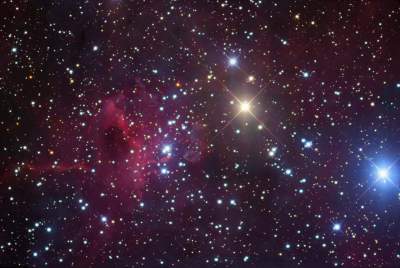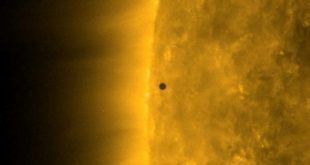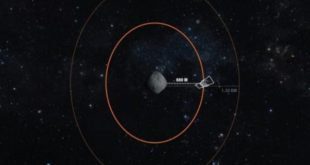 Amateur astronomers will be able to admire this summer, a rare phenomena in the starry sky.
Amateur astronomers will be able to admire this summer, a rare phenomena in the starry sky.
With a busy schedule to astronomers and Amateurs will be in August – double meteor streams, the convergence of Venus and Jupiter and a solar Eclipse.
If you follow a chronological order, it should start with a simultaneous full moon and solstice. This phenomenon will occur on the night of 21 June. Last time the two astronomical events coincided, 49 years ago. The sun reaches the highest point in the Northern hemisphere (marking thus the beginning of Northern summer) and the lowest in the South (start of the southern winter). And the Moon 12 hours before it reaches full phase and will rise to 99% lit.
Next time this happens again only in the year 2062. In late July and early August the sky will decorate the meteor showers and Delta Aquarids. The two streams will “pour” at one point in the night sky almost simultaneously, doubling the effect. The southern Delta Aquarids peak will be released on 28 and 29 July, and the North a little later, and together with the Perseids. The Perseids is one of the brightest meteor showers of the entire year. Usually “shed” more than a hundred meteors per hour, and a large number of so-called “fireball” – more than during any other celestial “show”.
The Perseids are very bright, they can be observed even in large cities. 27 Aug planets Jupiter and Venus in the Western part of the sky are as close as possible to each other. The convergence of the planets is also a pretty interesting phenomenon. Finally, on September 1 the Moon within three hours will pass before the Sun. The Eclipse will leave only a small rim of the Sun visible. It is called the “ring of fire”. The Eclipse can best be seen in Africa








